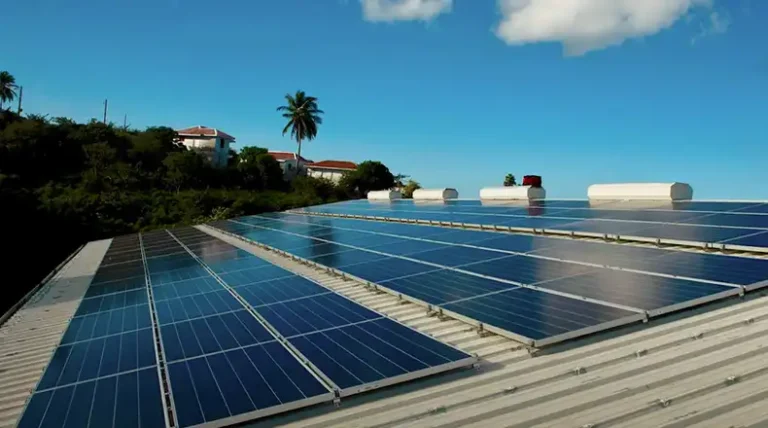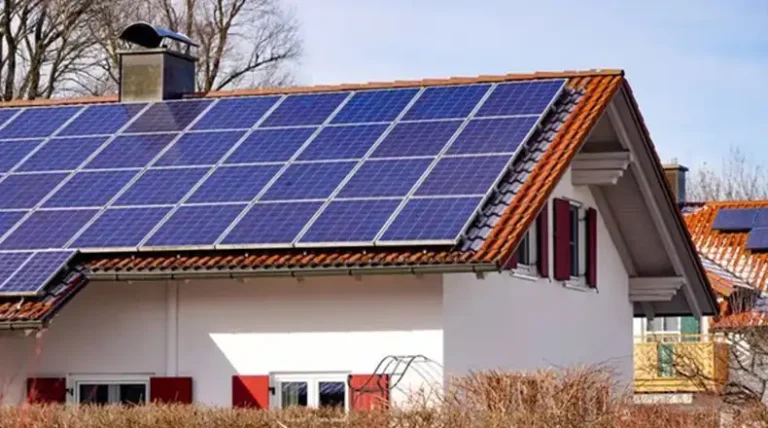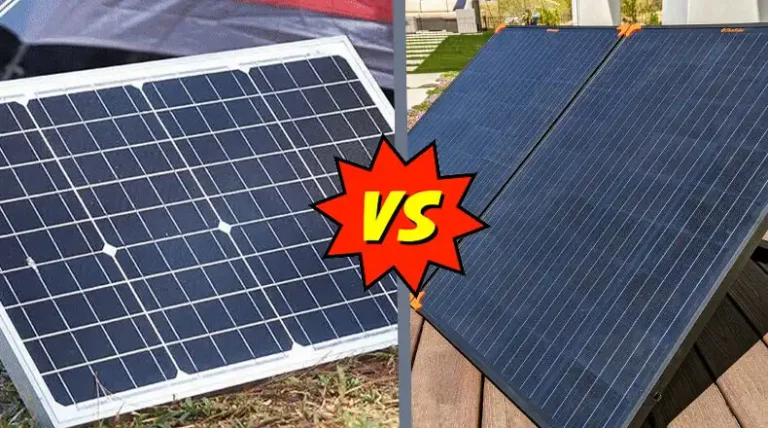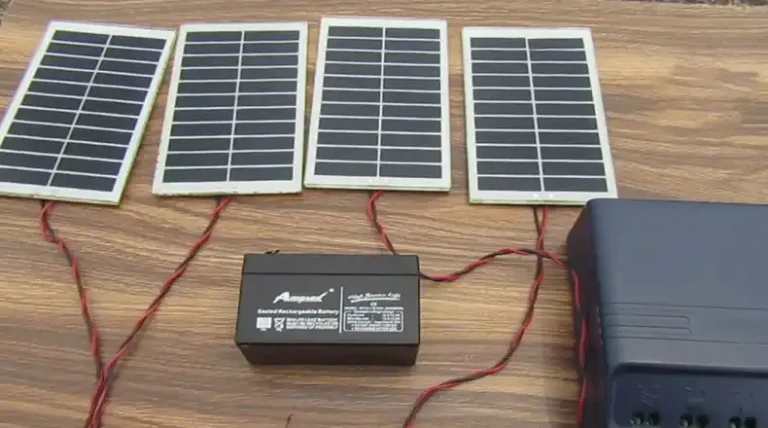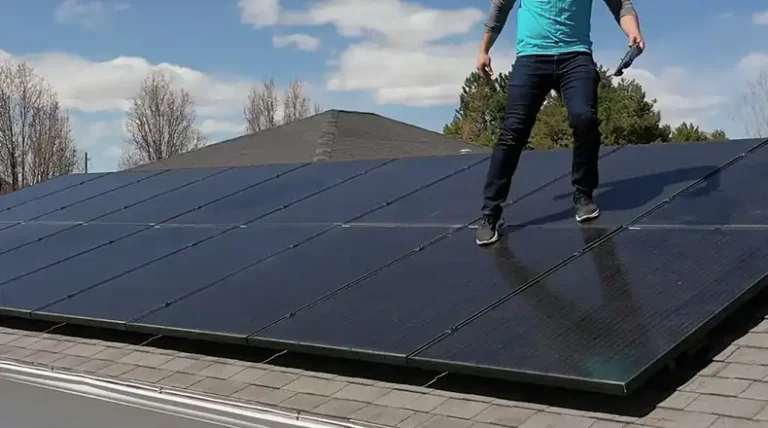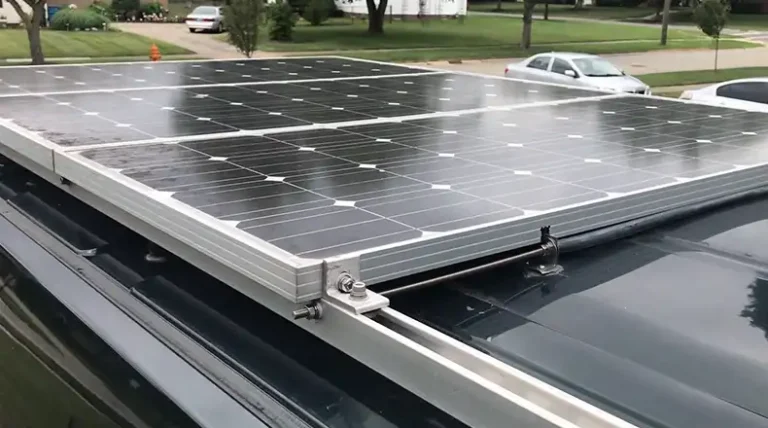Can I Sell Carbon Credits from My Solar Panels? It Depends on Type
Installing solar panels in your home is a great way to reduce your carbon footprint and generate clean energy. But did you know you may also be able to make money selling the carbon credits associated with the clean energy your panels produce?
Well, the answer will depend on the size of the solar system you own, it can be Yes and No to the query you are having. Selling carbon credits can provide homeowners with solar panels an additional revenue stream on top of the savings from reduced utility bills. But how feasible is it really for most residential solar panel owners to sell their carbon credits? Let’s dig into the details.
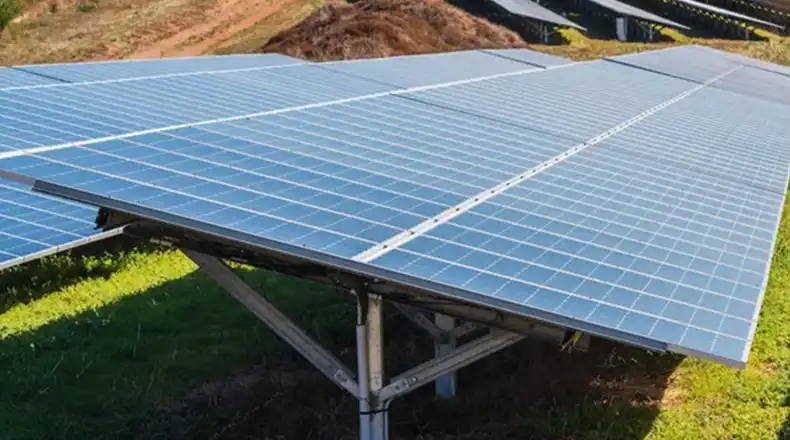
Will It Be Feasible for Residential Solar Panels Owners to Sell Carbon Credits?
The short answer is – it’s complicated. While some large solar farms and commercial operators are able to profit from selling carbon credits, it’s much more difficult for average homeowners with rooftop solar panels to do so.
Let’s do some math, suppose you have a solar system of 2.5 kWh and per year, it can generate 2,000 kWh of energy.
The current US national grid carbon emission average is 0.86 kg CO2 per KWH. So, you have reduced the carbon emission by around (2,000 * 0.86) or 1720 kg or 1.7 tons.. Let’s upper round it, and make it 2 tons. So, if the price of per ton CO2 is $10, then you will be able to earn $20 at the end of the year! See, the benefits are much lower than the cost and time you will spend after this selling project!
There are a few key challenges residential solar owners face when trying to sell credits:
Why It’s Complicated to Sell Carbon Credits for Residential Solar Panels Owners?
Cost and Complexity
Participating in carbon markets requires extensive paperwork, verification processes, and fees. For a homeowner with a small solar array, the transaction costs could exceed any potential revenue from selling credits. Larger operators can spread these costs over many more credits.
Volume of Credits
The average residential solar panel system may only generate 5-20 tonnes of carbon credits per year. It’s hard to attract buyers for such small volumes of credits. Larger solar farms produce orders of magnitude more credits annually.
Market Accessibility
Carbon markets can be complex to navigate and credits must be sold through approved brokers. It’s challenging for small producers to access brokers and feasible prices without selling in high volume.
So in summary – the monetary costs, small volumes of credits, and difficulties accessing carbon markets make it impractical for most homeowners to sell their solar panel carbon credits.
Alternatives for Residential Solar Owners
While selling your credits directly may not be viable, installing solar panels still offers homeowners some great benefits and indirect ways to benefit from going green.
Reduced Personal Carbon Footprint – Even if you can’t profit from them, your solar panels still displace fossil fuel energy and reduce your carbon emissions. Going solar is one of the most impactful steps any homeowner can take to reduce their environmental footprint.
Savings on Electricity Bills – Solar panels can cut your utility bills by 50-100% when properly sized and designed. These direct savings offset your system cost over time.
Increased Property Value – Homes with solar panels often sell for more than comparable properties without solar. Going green adds value when you go to sell.
So while the credits themselves may not pay out, solar panels still let homeowners reduce emissions and save money. For many homeowners, these benefits provide enough incentive to go solar.
When You Can Sell Carbon Credits Generated by Your Solar Panels?
Selling carbon credits only becomes financially feasible if you operate a large solar installation like a multi-megawatt solar farm or commercial array with thousands of panels.
In these cases, the sheer volume of credits generated starts to offset the costs and complexity of participation in carbon markets. Commercial system owners can work through brokers to identify buyers and sell credits in bulk at reasonable prices.
So for the average homeowner, carbon credit sales are impractical, but large solar project developers may be able to profit from them.
Conditions for Selling Solar Carbon Credits
To sell carbon credits from a solar installation, you must:
- Own or operate a large-scale solar photovoltaic system, usually >1 MW capacity
- Get the solar installation certified as an eligible source of carbon credits by validating that its emissions are below an approved baseline
- Calculate the tons of CO2 emissions displaced by the solar power generated each year
- Engage a reputable carbon credit broker to help locate suitable buyers and sell the credits
- Comply with verification requirements to ensure credits are only sold once
So in summary – selling credits is really only viable for large commercial solar operators, not residential homeowners. The process can be complex but brokers are available to help navigate the requirements.
What’s the Procedure for Selling Carbon Credits Generated by Solar Panels?
For large solar projects that meet the capacity and eligibility requirements, here are the typical steps to sell associated carbon credits:
Calculate Emissions Reduction
Determine the amount of carbon dioxide (CO2) or other greenhouse gases that your solar panels are preventing from being emitted compared to a baseline, such as using electricity from fossil fuels.
First, calculate the annual solar electricity generation from your system in kWh using meter readings and performance data.
Next, multiply this by the carbon emissions factor for your local electricity grid in kgCO2/kWh. This gives you the kg of CO2 emissions avoided by displacing grid electricity.
For example, if your solar system generates 150,000 kWh/year, and your grid emissions factor is 0.5 kgCO2/kWh, then your emissions reduction is 150,000 x 0.5 = 75,000 kgCO2 or 75 tonnes CO2.
Certification
Your project needs to be certified by a recognized carbon standard, such as the Gold Standard, Verified Carbon Standard (VCS), or the Clean Development Mechanism (CDM). After getting in touch with them, they will research your solar farm, identify and verify the data, measure the value you have provided to them, and then if all of the info is matched then they will provide you certification.
Third-Party Verification
You may need to undergo a third-party verification process to ensure that your emission reduction calculations are accurate and in compliance with the chosen carbon standard.
Generate Carbon Credits
Once your project is certified, you can generate carbon credits equal to the verified emissions reduction. Each carbon credit represents one ton of CO2 equivalent.
Register and Track Credits
Register your carbon credits on a registry approved by the carbon standard. This helps ensure the transparency and traceability of the credits.
Sell Carbon Credits
You can sell your carbon credits on the voluntary carbon market to individuals, companies, or governments looking to offset their own emissions.
It’s important to note that the feasibility of selling carbon credits from your solar panels depends on various factors, including the local regulations, the specific standards you choose, and the demand for carbon credits in the market.
How Much You Can Earn by Selling Carbon Credits?
The prices for carbon credits sold on markets can fluctuate but often range from ~$1 to several hundred of dollars per ton of CO2. The exact price depends on market supply and demand dynamics.
For a large 1MW solar installation generating around 1,500 MWh annually, the emissions savings could equate to ~1,000 tons of CO2 credits. At $20/ton, this could generate $20,000 in annual credit sales revenue.
However costs must be deducted for certification, verification, broker fees, and other transaction expenses which can total 25-50% of income.
So for a very large solar project, carbon credit sales may generate tens of thousands in annual revenue but with significant associated costs. For an average homeowner with a small system, credit sales will rarely make financial sense after accounting for the costs involved.
Selling the credits can provide a nice extra revenue stream for commercial solar operators. But for residential homeowners, simply financing your system and benefiting from electricity bill savings is likely the better option financially.
The carbon market complexities mean it isn’t feasible for most homeowners to directly profit from their solar panel credits. But going solar still provides many other valuable environmental and cost benefits.
Hopefully, this gives you a realistic understanding of the possibilities, limitations, and considerations around selling carbon credits from residential solar panels. Please let me know if you have any other questions!
Frequently Asked Questions
What are carbon credits?
Carbon credits represent certified greenhouse gas emissions reductions from projects like renewable energy or forestry initiatives. Each credit equals one tonne of CO2 reduced.
Who buys carbon credits?
Companies and individuals buy credits to offset their own emissions and meet climate commitments. Credits must be verified as uniquely generated to be valid.
Can I get free solar panels by selling the credits?
Unfortunately no – selling credits rarely yield enough revenue to fully pay for a residential solar installation after transaction costs.
What certification do I need to sell solar credits?
You must have your solar project certified through an approved body like the Verified Carbon Standard before you can sell credits.
How long do carbon credits last?
Carbon credits have a limited shelf life, usually 5-10 years. Older unused credits expire over time and are no longer saleable.
Conclusion
Installing solar panels allows homeowners to take real climate action and get paid back through electricity savings. However, attempting to directly profit from selling the carbon credits is an uphill battle for small residential systems. While it can work for large commercial solar projects, transaction costs, and market access issues make credit sales impractical for most homeowners. Don’t let this completely discourage you from going solar though! Panels still provide many economic and environmental benefits beyond just the credits themselves. With the right expectations, you can make the smart choice for your home and the planet by investing in renewable solar energy.

